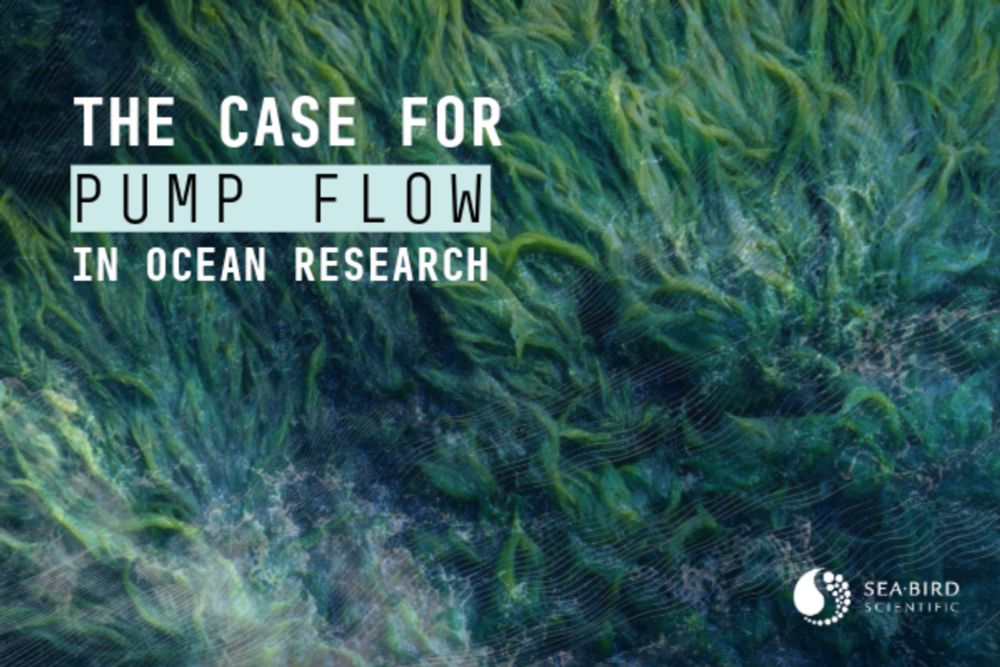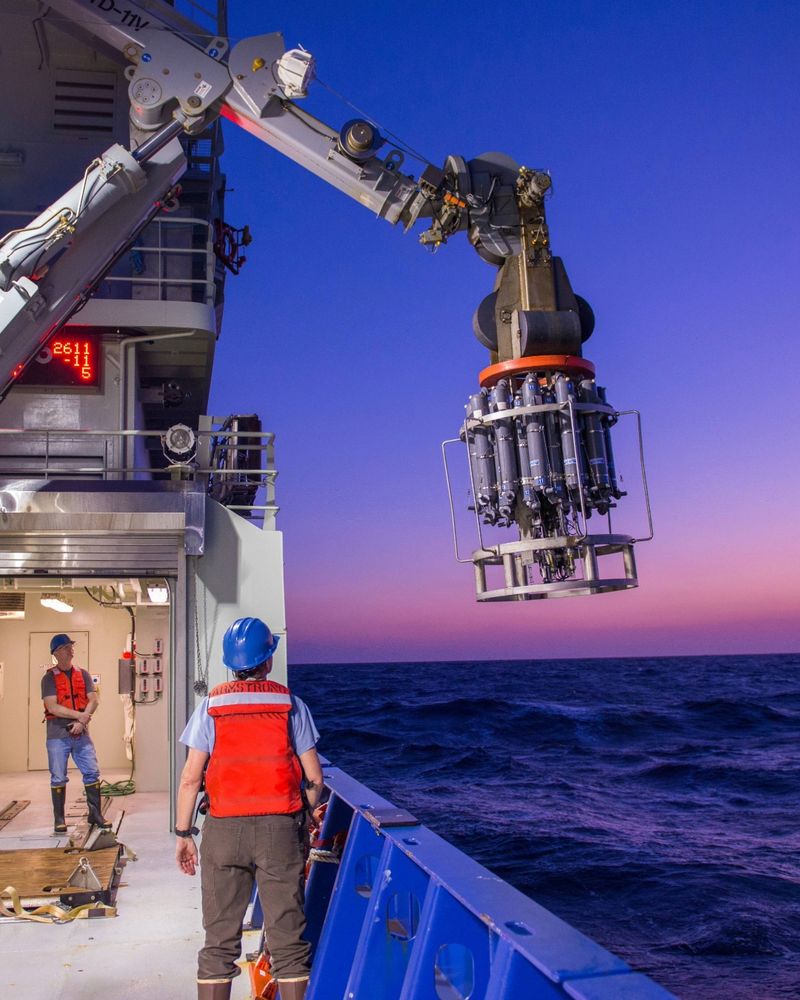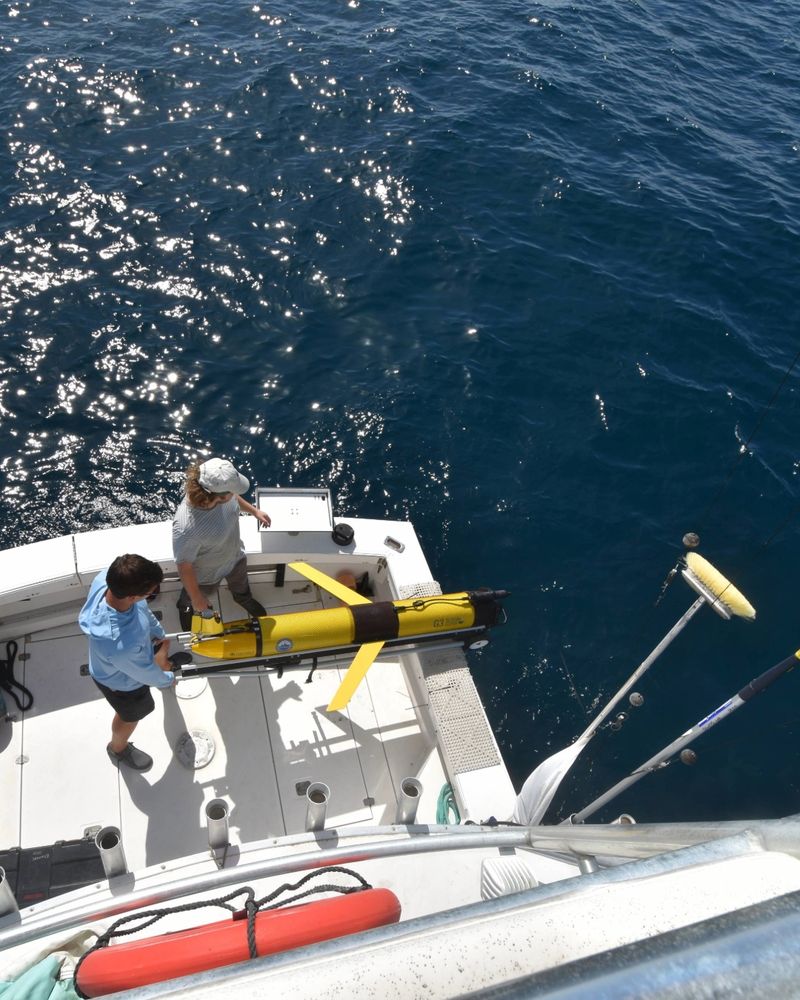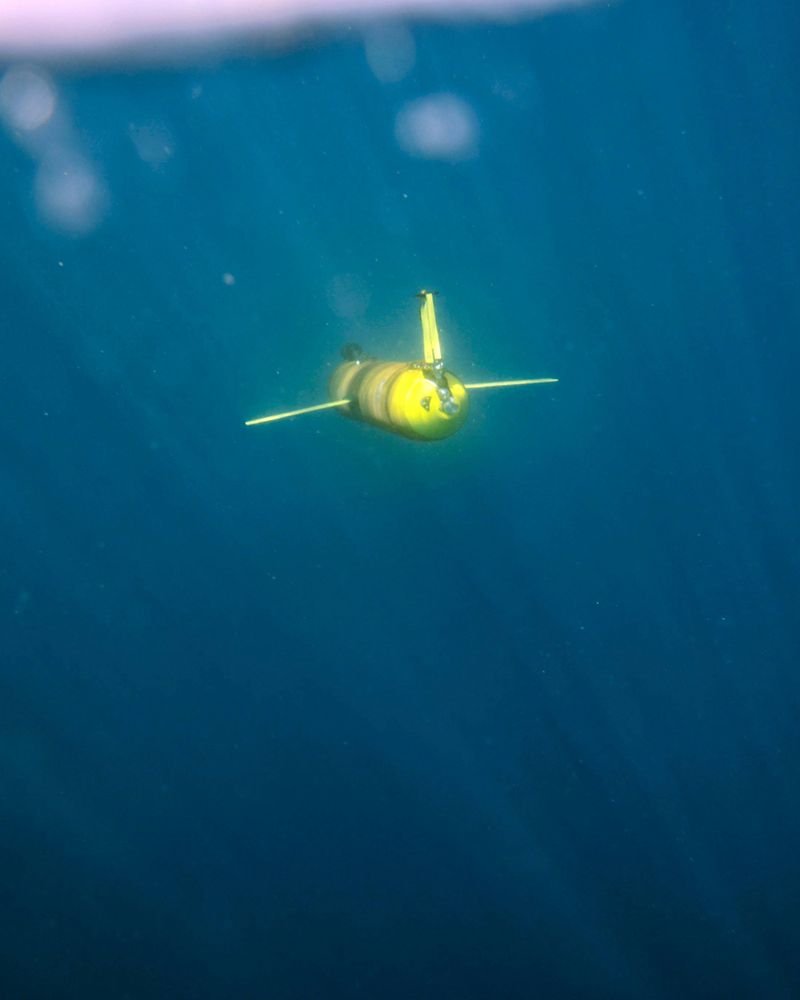
Read the full story from UW’s College of the Environment.
#FreshwaterScience #STEM

Read the full story from UW’s College of the Environment.
#FreshwaterScience #STEM
🕛 12–1PM PT
🎙️ Eric Rehm (Sea-Bird) & Marnie Jo Zirbel (OSU)
🔗 Register: scripps.ucsd.edu/events/scrip...
Recording available after!

🕛 12–1PM PT
🎙️ Eric Rehm (Sea-Bird) & Marnie Jo Zirbel (OSU)
🔗 Register: scripps.ucsd.edu/events/scrip...
Recording available after!
#ScienceEducation #OceanTech #StudentResearch #SeaBirdScientific

#ScienceEducation #OceanTech #StudentResearch #SeaBirdScientific
#OceanNews #OceanScience #OceanTech #SeaBirdScientific

#OceanNews #OceanScience #OceanTech #SeaBirdScientific
It’s called bioluminescence - a natural phenomenon where marine organisms produce their own light.
According to @noaa.gov, 80% of animals living between 200 and 1,000 meters deep are bioluminescent.
#Bioluminescence #SeaBirdScientific

It’s called bioluminescence - a natural phenomenon where marine organisms produce their own light.
According to @noaa.gov, 80% of animals living between 200 and 1,000 meters deep are bioluminescent.
#Bioluminescence #SeaBirdScientific
It’s a phrase oceanographers have heard for years, but what if that assumption is outdated?
In our latest blog, we explore how pumped systems have proven to be both energy-efficient and long-lasting. Turns out, you don’t have to choose between precision and endurance.

It’s a phrase oceanographers have heard for years, but what if that assumption is outdated?
In our latest blog, we explore how pumped systems have proven to be both energy-efficient and long-lasting. Turns out, you don’t have to choose between precision and endurance.
📸: John McCord
#PEACH #HydroCAT #SeaBirdScientific

📸: John McCord
#PEACH #HydroCAT #SeaBirdScientific
That’s all it takes to build an #inductivemodemmooring - a simple way to transmit subsea data.
✅ No bulkhead connectors
✅ Up to 100 sensors
✅ Lower cost, higher flexibility
🔗 Explore 5 real-world configurations: blog.seabird.com/5-inductive-...

That’s all it takes to build an #inductivemodemmooring - a simple way to transmit subsea data.
✅ No bulkhead connectors
✅ Up to 100 sensors
✅ Lower cost, higher flexibility
🔗 Explore 5 real-world configurations: blog.seabird.com/5-inductive-...
First Session: Real-Time Nutrient Monitoring with the SUNA V2
📅 July 15 | 8–10AM PST
💡 Insights + Q&A with our scientists & engineers
#DeepDive #SUNAV2

Photo credit: @noaa.gov
#CoralReefResearch

Photo credit: @noaa.gov
#CoralReefResearch
At Sea-Bird Scientific, the answer is simple - everything.
Every instrument we build supports the scientists and researchers working to protect our most vital resource.
This #WorldOceansMonth, we’re celebrating ocean science and the people behind it.
At Sea-Bird Scientific, the answer is simple - everything.
Every instrument we build supports the scientists and researchers working to protect our most vital resource.
This #WorldOceansMonth, we’re celebrating ocean science and the people behind it.
📸: Jackson Schroeder, UGA Skidaway




📸: Jackson Schroeder, UGA Skidaway


